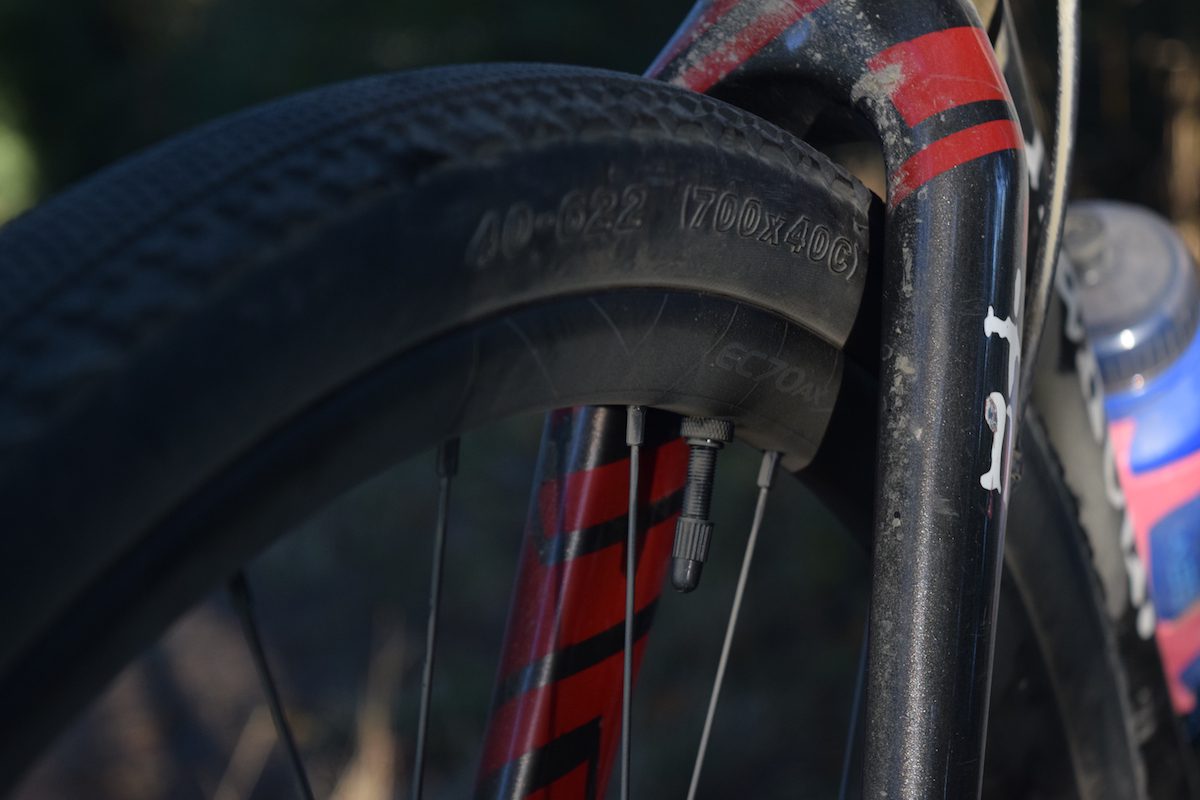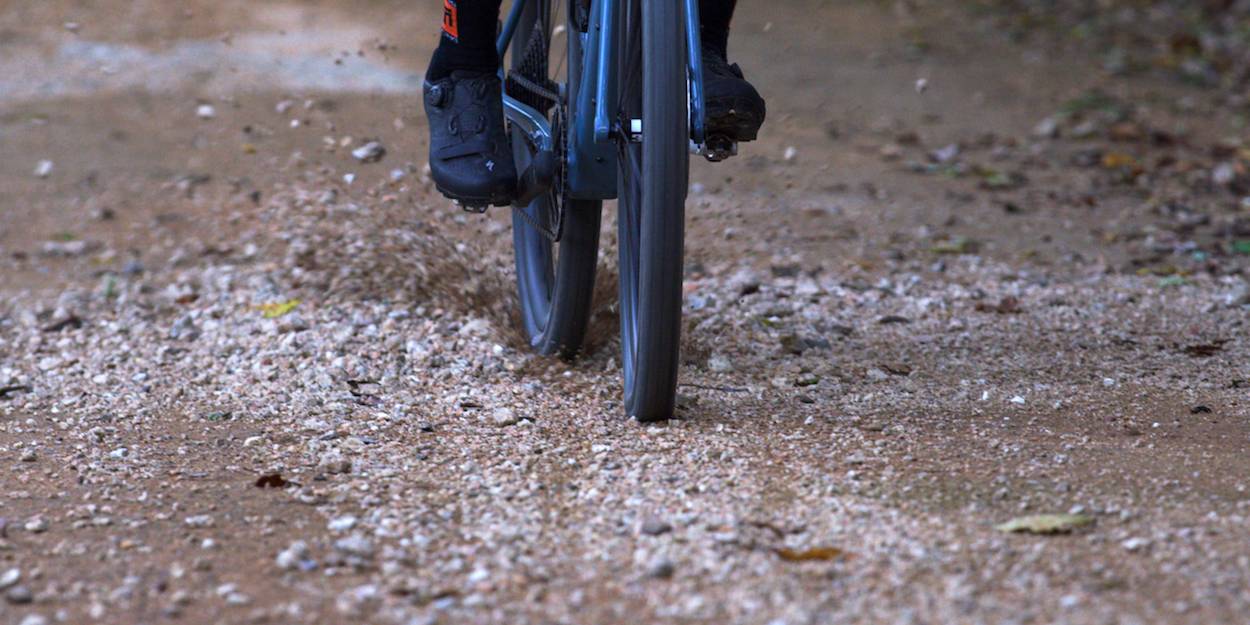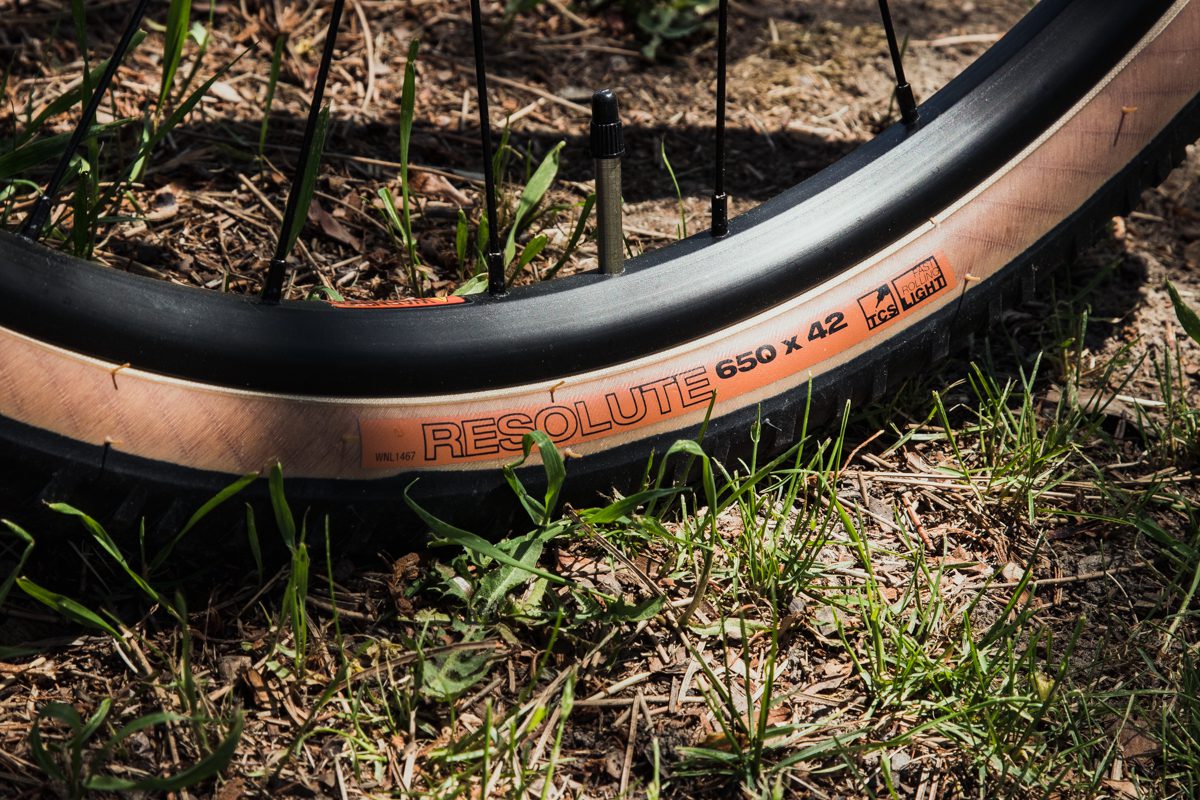How to choose the right gravel tire
Wading through the wide range of mixed-surface tire options

Gravel bikes can take you from pavement to back roads and even to sneaky sections of singletrack. Having one bike to cover all this ground is fantastic. But how do you choose the right tire to match your riding?
Right now gravel options range from skinny, practically smooth tires in the classic 700c size to knobby 650b treads that look more like what you’d find on a proper mountain bike. In fact, some actually are mountain bike tread designs repurposed in a lighter casing!
RELATED: Canadian gravel bike brands
There are a few ways to narrow down all these options and find your ideal tread. We’ve outlined the different considerations, and how they’ll affect your ride, below.

How to choose a gravel tire
Tire width and volume
When choosing a gravel tire, volume and width are often what will have the biggest impact on how your bike feels. In general, narrower tires will roll faster on smoother surfaces and higher pressures. Higher volume tires let you run lower pressures to smooth out rough surfaces without rim strikes and improve traction on loose surfaces.
Wider and higher volume tires are great for really rough roads, trails and loaded riding, where traction and avoiding flats are key. Skinnier tires (40c and below) will roll faster on smooth surfaces like fine gravel, hardpack, or when you’re mixing plenty of pavement in with your off-road rides.
Another important note is that tire width should roughly match rim width. Running really wide tires on narrow rims will squeeze the tire outside of its optimal shape or mean less of your tread is contacting the ground. Running narrow tires on wide rims makes rim strikes more likely and can also mean the tread isn’t contacting the ground like it should.
Tubeless vs. tubes
While tubeless is widely accepted in mountain biking, it is still working to gain traction in road riding. It is increasingly popular on gravel bikes, as it is easier to set up with wider tires and lower pressure. The benefits are also increased. While lower rolling resistance is as important on pavement as off, tubeless’ increased traction in loose conditions really pays off after the pavement ends.
Plus, it is easier to use tire plugs on larger tires (40c and up) than it is narrow tires. They should still work on little tires, though.
BIKE CHECK: Port Renfrew gravel gear strategies
Tread pattern
Gravel tires can run from minimalist treads, like Maxxis’ new Receptor, to mountain bike treads. Maxxis’ Ikon and Pace designs have found new fans among the gravel crowd, especially where widths push up near the 2.0″ in 650b.
There are two main elements to consider for tread: center and cornering tread. The center of the tire is where you’ll spend most of your time and impacts rolling speed and traction the most. Smoother treads roll faster, while larger lugs provide better grip on loose surfaces, but also add weight and rolling resistance. Somewhere in the middle is the “dot” design, which is the best of both worlds if you’re sticking to hardpack or fine gravel.
Cornering tread, or the outsides of the tire tread don’t touch the ground as much – until you really need them. Larger knobs will hold traction better in loose terrain, dirt, or deep gravel. Since they’re not always touching the ground, some tires – like Kenda’s Alluvium – will use a combination of faster center knobs and larger cornering lugs. This lets you roll fast, but still connects when you run into loose corners.
RELATED: How to turn a gravel bike into a cyclocross ready race machine
650b vs. 700c
Many gravel bikes now come with the option to run 700c or higher-volume tires on 650b wheels. Why? Well, as mentioned above, higher volume tires can feel much smoother over rough terrain, while loaded, or riding on sand. Why stick with 700c, then? Rolling speed. Once 700c tires are up to speed, they roll much smoother and will roll over bumps and small roots faster, too.
Mostly, it is a matter of clearance. 700c tires will have a narrower max clearance on most frames vs. what width of 650b you can fit in the same frame.
RELATED: Should you run 700c or 650b wheels for gravel riding?

Casing
Light tire casings will be lighter, so will accelerate and roll faster. More durable casings are less prone to sidewall cuts and punctures. Which suits you better depends on where you’re riding. Carrying around unnecessary weight in the tire is never fun, but a heavy tire with air in is rolls faster than a sliced tire that won’t hold air anymore!
RELATED: Which gravel bike is best suited for your needs? Exploring a variety of builds
Tire inserts?
Some companies – like CushCore – are making tire inserts for the gravel crowd. Tire inserts, popular with gravity mountain bikers, add weight but protects against flats. It also lets you run lower pressure and still hold up and hold shape in corners. Adding inserts can be good if you’re running really low pressures for traction, or rolling loaded down for longer touring rides where you can’t always be light over potholes or dodge sharp rocks embedded in old FSR’s.
RELATED: New Campagnolo Ekar gravel groupset: 7 key features you need to know about


